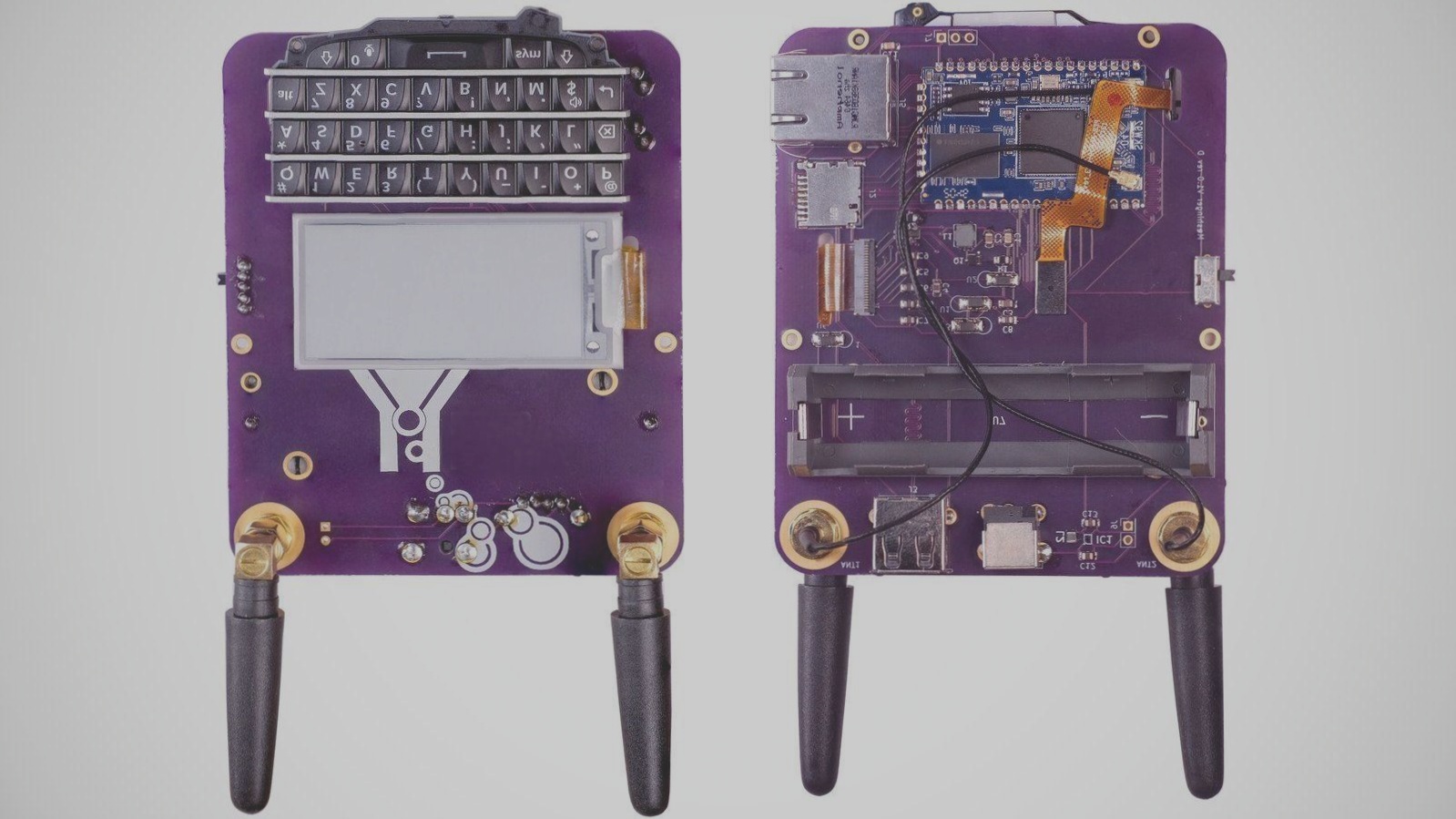Meshinger – Engineering Expertise – Wellcircuits
Meshinger is the first handheld wireless router with battery eInk display SD card and a keyboard Its hardware operating system and all applications are also open-source hackable and based on Open
Meshinger – Engineering Expertise – Wellcircuits Read More »










